
Words: Jeremy Peel
How would you describe Borderlands? It's Destiny with a potty mouth. The Division with access to the full colour wheel. Anthem but good.
Now imagine it's 2009. Destiny doesn't yet exist, and nor does The Division. Back then, we didn't have the language to describe loot-shooters. There had been no need for it - Borderlands was the only one of its kind. Reviewers struggled to get across the concept of an FPS that was laid out on the same scaffolding as the Diablo series. No wonder, since even Diablo wasn't a contemporary reference point; with Blizzard's long-awaited second sequel still years away, action-RPGs were the stuff of '90s nostalgia.
Advert
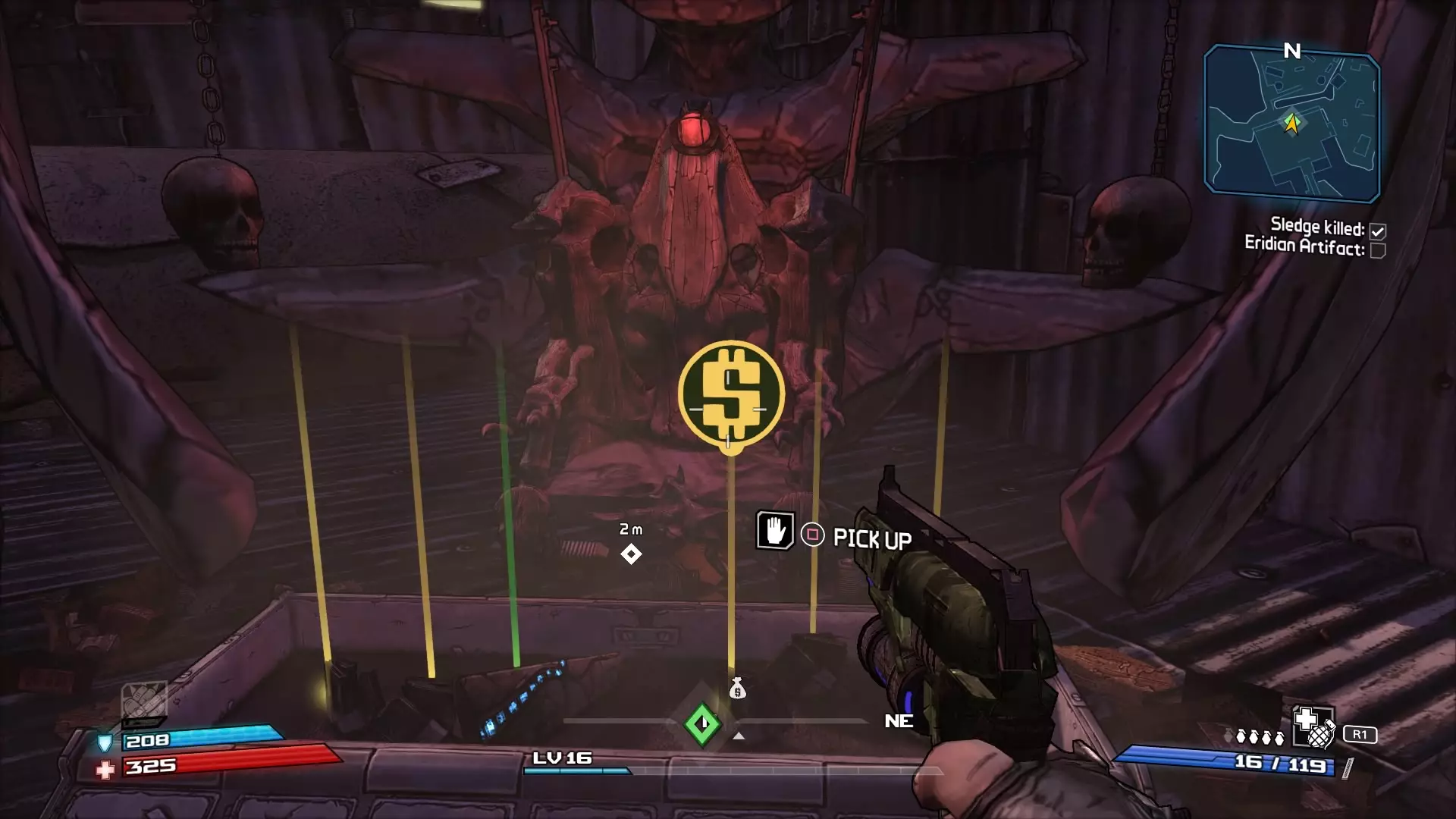
You can feel that context when you play Borderlands (1) today. Its opening is hesitant in the extreme, wary of introducing too many concepts at once. It might sound laughably simple now, but the idea of speaking to a questgiver, going out into an open environment to complete a task, and then returning to that NPC for reward once the job was done - it wasn't something FPS campaigns did at the time. That's before you get to the business of gathering gear.
It's easy to forget how much knowledge we accumulate and carry with us between games - allowing us to background the familiar and focus our processing power on what's new. While action-RPGs can become a balm for the brain once you understand them, newcomers to the genre have to withstand a hailstorm of numbers just to weather the tutorial. Given that, it's no surprise that Borderlands saves its deeper mechanics, like elemental damage - electrical to reduce shields, corrosive to burn armour, fire to pucker flesh - for the end of the first act.
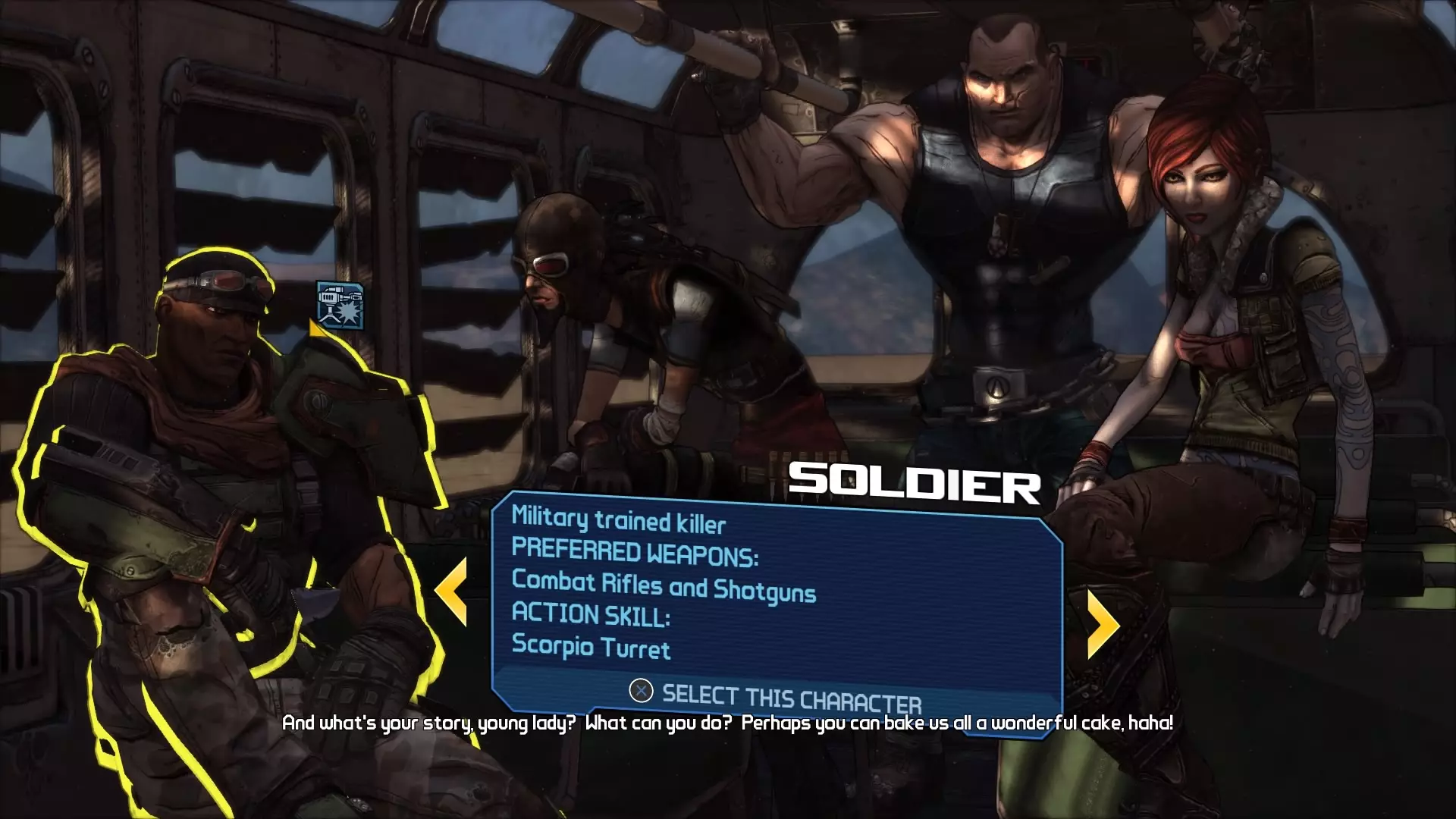
Advert
Mind you, it's not as if FPS players of the era had nothing safe to cling onto in Borderlands. Gearbox, its developer, had previously ported Halo: Combat Evolved to the PC, and at one stage was next in line to take over the series from Bungie. You can see the influence, superficially, in the strange alien world and goofy enemies that recall Halo's screeching Covenant grunts. Borderlands even has a lady who speaks inside your own head, orienting you towards new goals and story beats, just as Cortana did for Master Chief.
Then there's the clear mechanical throughline, evidenced by the recharging shields that force you to retreat and reconsider your approach to a firefight, and the semi-open levels traversed in bouncy trucks. Not to mention the limited loadout: though you might fold a dozen guns into your backpack on an average Borderlands mission, you're only allowed to swap between two or three on the fly. It's a rule that pushes you to specialise, and to cover the weaknesses of each weapon with a contrasting counterpart.
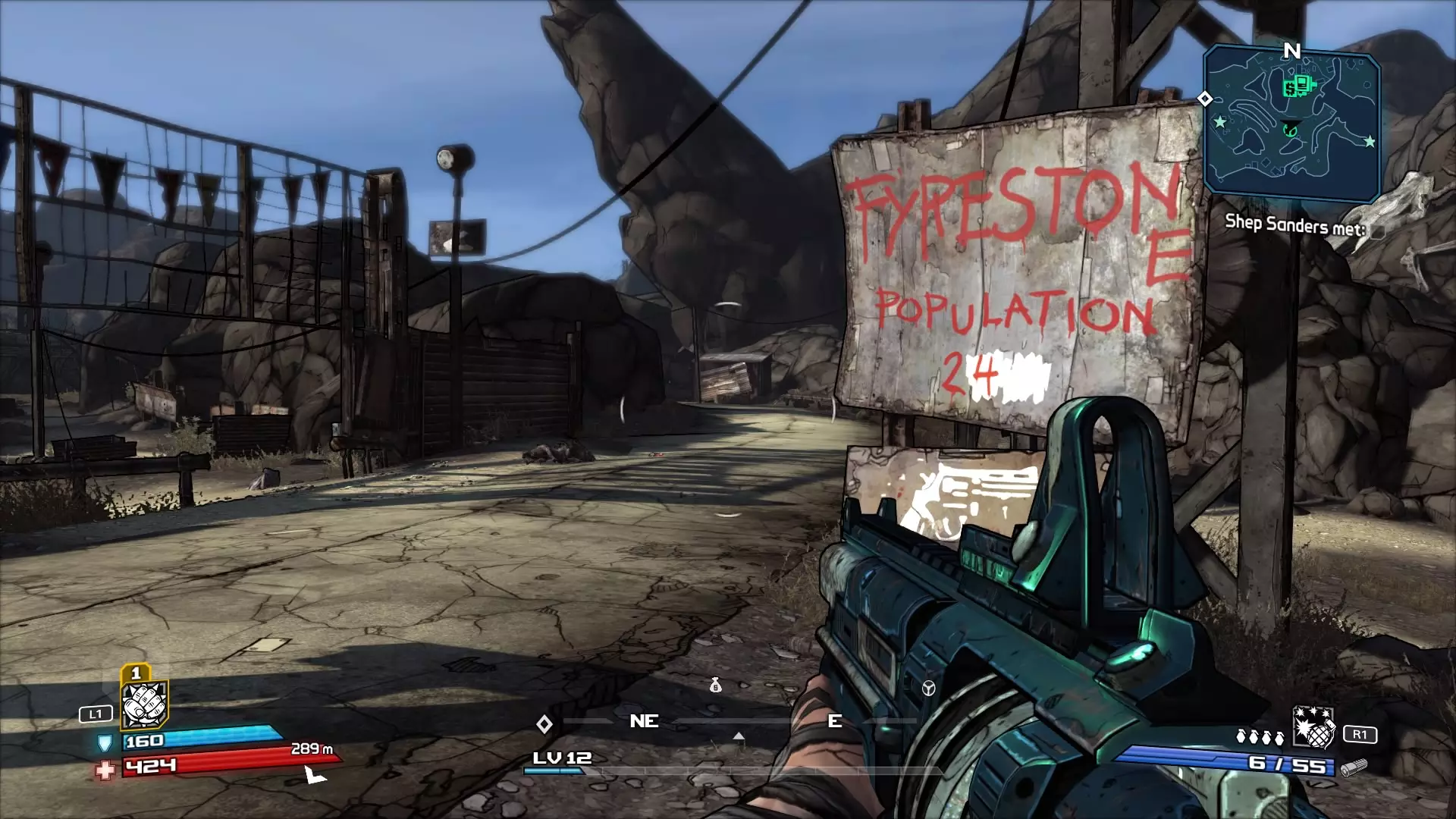
"Halo taught us a lot of stuff," Randy Pitchford once told IGN. "The thing I think was most profound was how everything was data-driven. It changed how we thought and led to this technology that lets us procedurally generate all the weapons in Borderlands."
Advert
Bungie, of course, took as much as it gave - when it made Destiny, the studio ran with Borderlands' template for RPG loot and levelling, applying it to an MMO structure that enabled hundreds of hours of shooting, rather than a Halo campaign's ten.
Don't weep for Gearbox, though: last year's Borderlands 3 yoinked the planet-hopping pace of Destiny 2, leaving Pandora behind in a spaceship that doubled as the player's hub. This is an ideas exchange that has seen both studios benefit beyond measure, though it doesn't hurt to try and measure it: Borderlands as a series has sold in excess of 50 million copies, while industry analysis suggests Destiny is the second-best selling FPS franchise of all time, behind only Call of Duty.
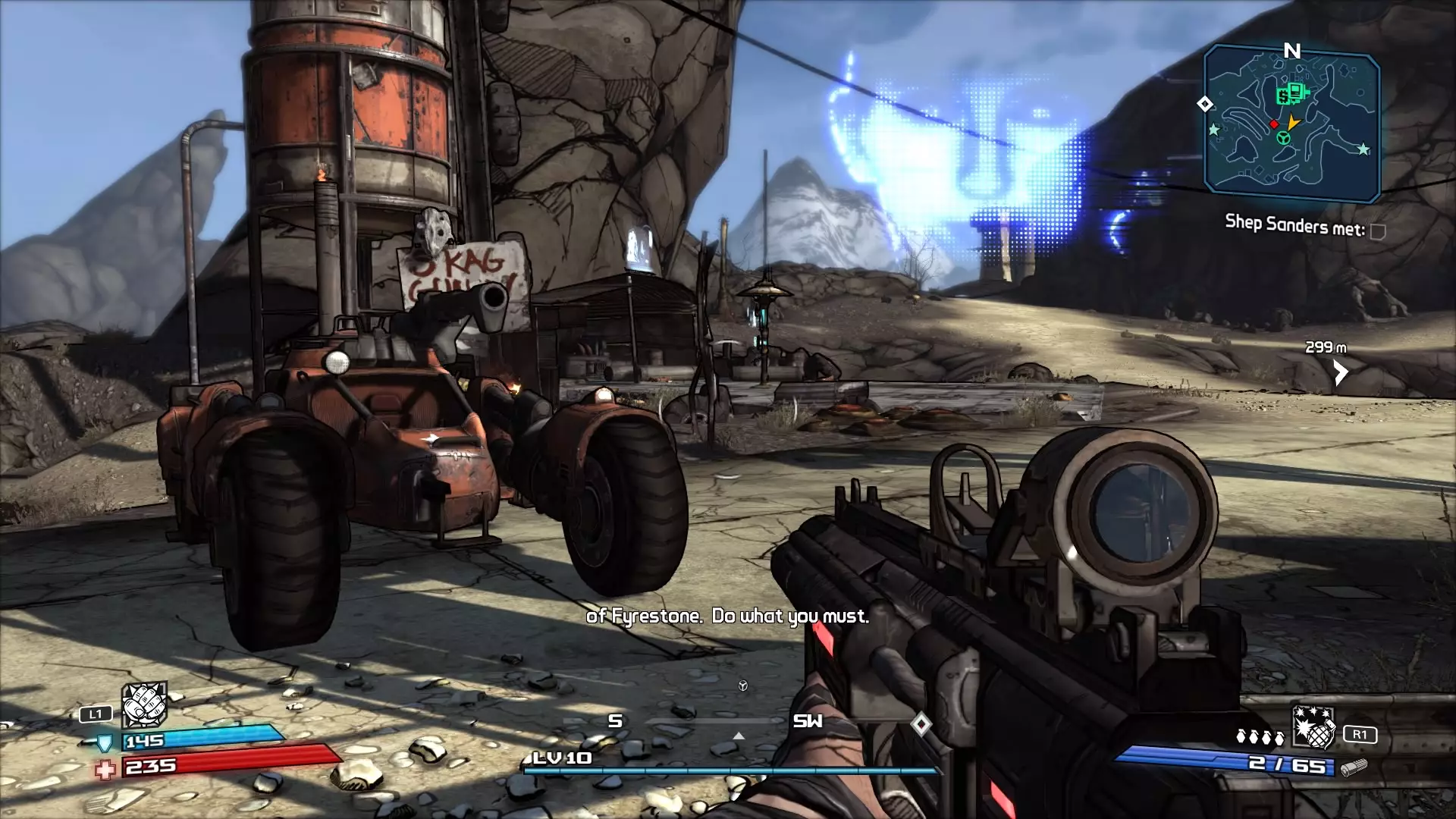
There are ways in which Borderlands has aged. The thick, comic book lines of its signature art can't save the dreary brown environments, which are often explored in the dark. For a planet with 90-hour days, Pandora's light sure does fade quickly. Multiplayer-friendly respawn points, meanwhile, rob you of the chance to perfect a sequence from start to finish; it's never satisfying to whittle down a boss over multiple lives.
Advert
In the department of 'gunfeel' - that nebulous yet important concept - Borderlands 3 of course has the edge, after a decade of series development. And less forgivably, the first Borderlands throws around the word "midget" with free abandon - a word many people with dwarfism consider a slur.
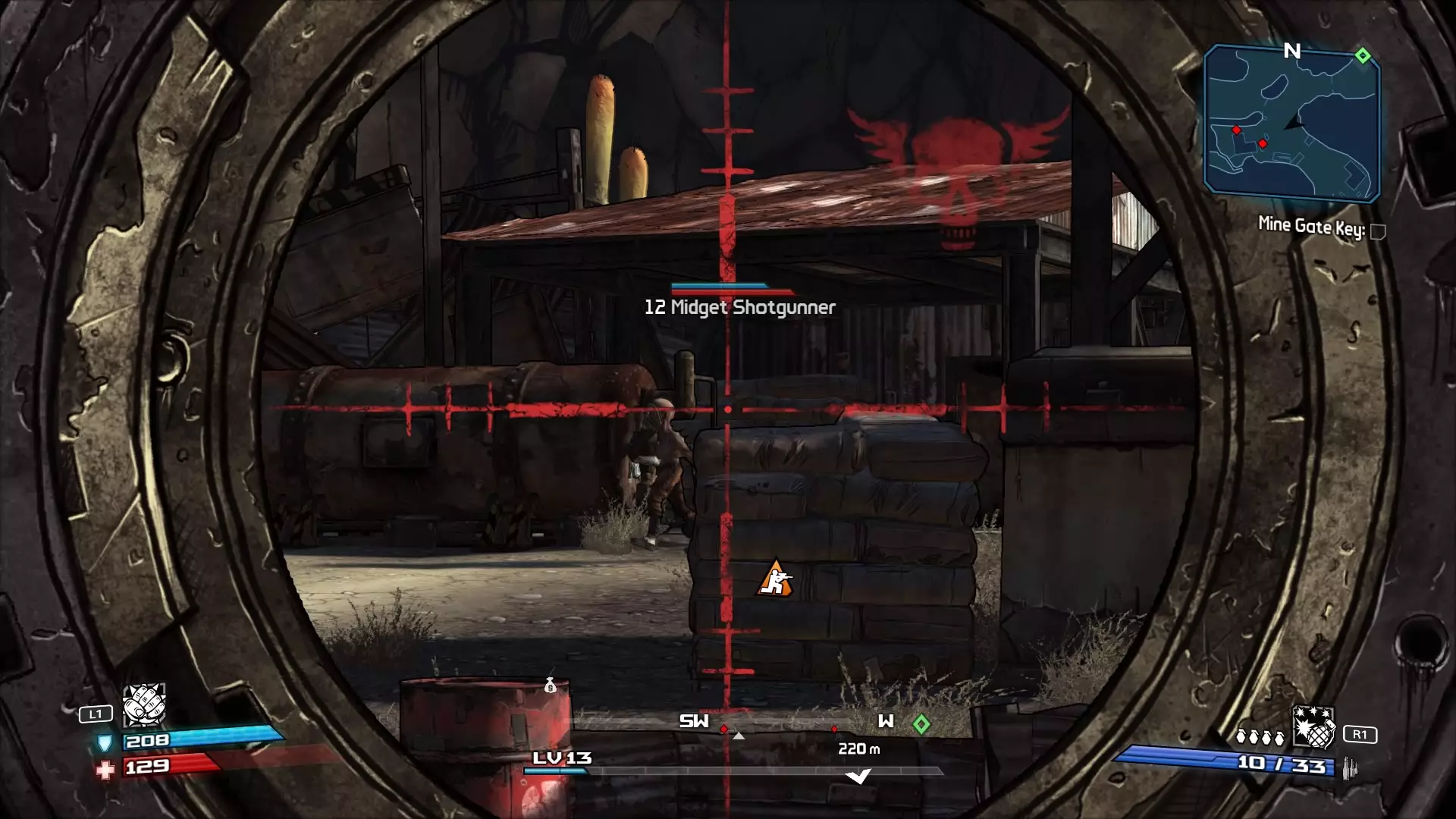
In some respects, though, despite the iteration and competition, Borderlands (1) still hasn't been bettered. All the good stuff is there in the first version: the incremental but meaningful levelling; the coloured weapon rarity mimicked in Call of Duty: Warzone; the satisfying Second Wind system that allows you to revive yourself with a well-placed shot while bleeding out.
While Borderlands 3 is borderline unlistenable thanks to dialogue that bombards you with jokes at the expense of world-building, the first game in the series hit a better tonal balance. It's true that Claptrap's impromptu beatboxing never gets funny, but a smaller budget meant that Gearbox couldn't overdo it with voice acting: much of the comedy is expressed in text, which leaves the airwaves free for chats with your mates. Borderlands was, let's not forget, made successful by its potential for easy co-op sessions.
Advert
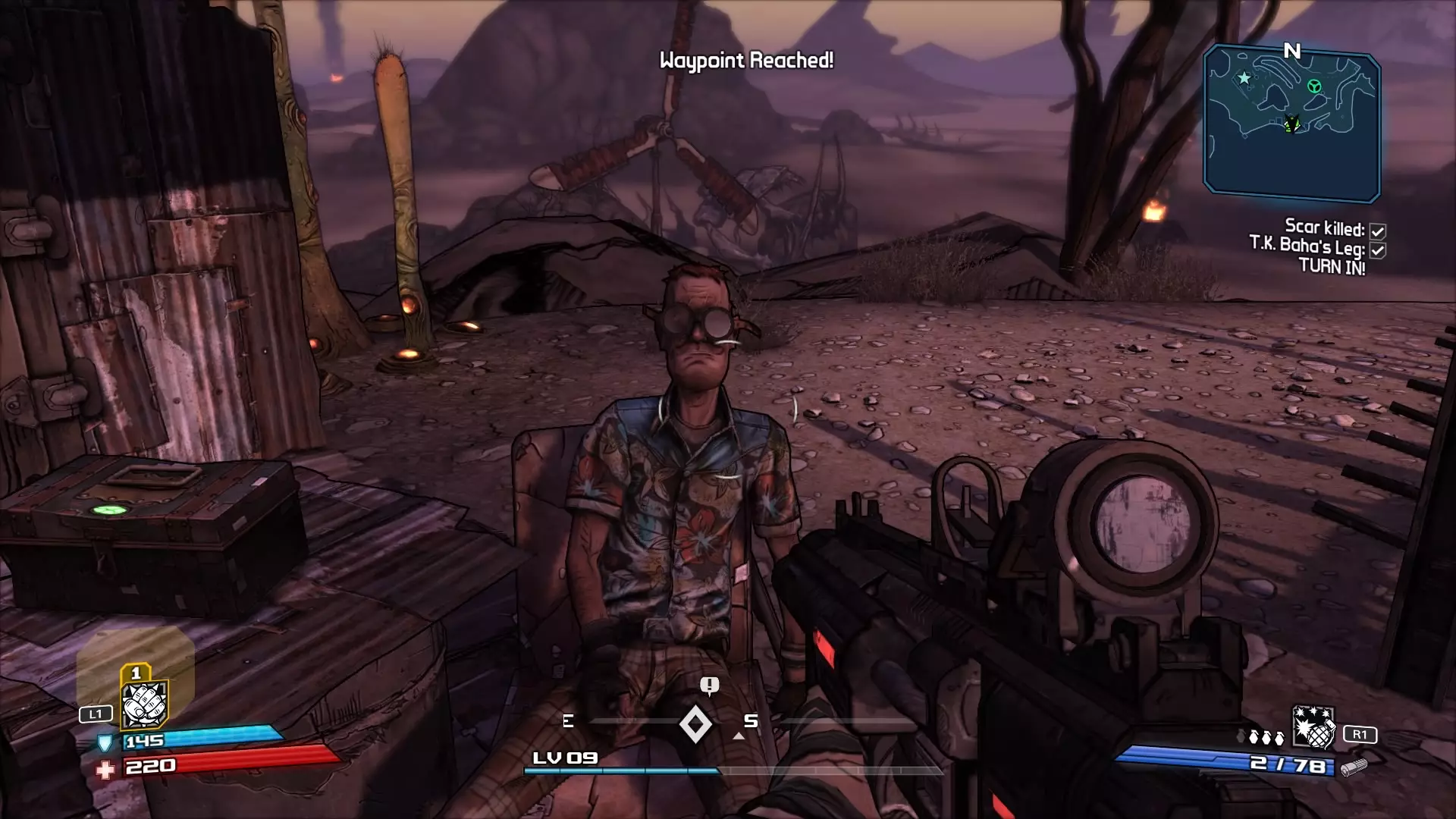
For better and worse, Borderlands normalised busywork in shooters, slotting campaigns into a place where they could be talked over without fear of missing anything important. It's easy to dismiss much of its action as trivial as a result - especially when you're killing five skags, or ten rakks, for unclear reasons. But there's a lot to be said for a game that reads the room, and provides a comfortably chaotic backdrop for conversations that perhaps wouldn't happen over the phone. Especially for men, who often find it easier to access their feelings when not looking at them directly.
Today, it's clear that Borderlands was the most prescient shooter of its time. The concepts perfected here are now the backbone of entire business strategies for 2K, Activision, and Ubisoft. The only thing our story's missing, really, is a phase where we call Destiny and The Division not loot-shooters, but Borderlands-likes - in a similar manner to how all FPS games were briefly 'DOOM clones' in the early '90s wake of id's hit game. Maybe we could start doing that now? I don't think Bungie would mind us crediting that influence. It's what the studio name implies, after all: back and forth.
The Borderlands Legendary Collection, including the original Borderlands (Game of the Year Edition), Borderlands 2 and Borderlands: The Pre-Sequel releases for Nintendo Switch on May 29. Follow the author on Twitter at @jeremy_peel, and GAMINGbible at @GAMINGbible.
Featured Image Credit: 2K Games, Gearbox SoftwareTopics: Borderlands 3, Feature, 2K Games, Borderlands